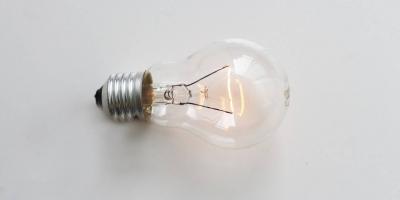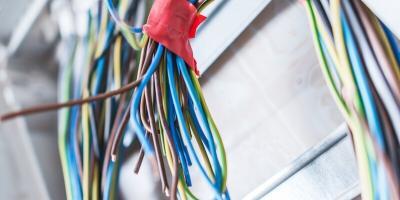5 Things You Need to Know Regarding Electrical Safety for DIY Projects
Each year, hundreds of fatalities, thousands of injuries and millions of dollars worth of damage occur as a result of DIY electrical projects. A large part of this can be attributed to lack of sufficient basic electrical safety knowledge.
Research has proven that electrical outlets alone, account for at least 5000 home fires, 30 deaths and more than 100 injuries every year in Australia. These are staggering figures and clearly, suggest that homeowners should always have their electrical problems solved by well-trained and qualified electricians.
If you are like most people, you probably boast of some basic electrical knowledge which includes knowing how to change lighting fixtures, how to flip a breaker and perhaps how to set your heating, ventilation and air conditioning (HVAC) thermostat. However, there are plenty of things you don’t know regarding electrical safety and electricity in general.
Do-It-Yourself (DIY) electrical projects can be immensely rewarding. Saving money is arguably the greatest reason why many people often prefer DIY. However, when poorly conducted, the results can be very detrimental. Despite being aware of the potential dangers posed by DIY electrical projects, almost fifty per cent of men admit that they feel they should always tackle relatively smaller electrical repair jobs.
If you are currently contemplating to tackle electrical work at home, there are a few safety tips you need to grasp before you proceed even further. Below are essential DIY electrical safety tips that should guide you toward a successful and injury-free experience.
1) The safest thing you could do is kill the power
The number one thing you should do to enhance your safety is to turn off the breaker to the circuit you’ll be working on. You have to identify the circuit breaker that provides power to the area you are going to repair and turn it off. But, this alone is never enough.
Though you might think you have turned off the right breaker, you can never be 100% sure it was the right one. This implies that before you dive into that DIY project, confirm that the circuit is free from electrical energy by testing it using a voltage tester. Don’t assume anything because you could potentially be touching a live wire.
2) Make sure you are insulated
When working with electricity, you’ll always face the danger of electric shock. Electric shock typically originates from ineffective protected wiring or mechanical equipment. The severity of the electric shock largely depends on the amount of current going through the body as well as the magnitude of contact. Though rare, delayed electric shocks can result in muscle spasms, loss of motion and ultimately, death.
However, you can protect yourself against shock-induced injuries by ensuring that your tools, clothes and the surface you are working on feature high electrical resistance.
Limit your electrical conductivity by using tools insulated rubber handles. Equally, put on rubber-soled shoes and remove all metallic jewellery and personal electrical gadgets from your body. Ensure you are completely dry before you embark on any electrical project. Finally, if you are working on a wet ground, you are highly advised to put down a rubber mat and step on it.
3) Have the right tools at your disposal
Just like any other type of DIY project, electrical work will also require a few basic tools and equipment. Typically, you’ll need a selection of screwdrivers, wire cutters and strippers, pliers and perhaps a voltage tester. Some of these tools will not only make your work relatively easier, but safe as well.
You are also advised to always strip the cables carefully and appropriately. Don’t expose too much extra copper on the stripped cable since it can potentially put your safety on the line. Finally, keep your tools in good condition. If one of them have started to wear out, replace it immediately.
4) Make good use of that cable detector
Did you know that one of the most common DIY electrical errors is accidentally drilling, screwing and nailing metal objects into electrical cables hidden in your walls? A high-end cable detector will help to identify buried wires early enough to avoid the risk of an electric shock. This implies that a cable detector should be an essential component of your DIY toolkit.
5) Pay attention to your circuit breaker after completing the job
After completing the DIY project, you’ll now need to restore things back to normal. Flipping the circuit on will help you to gauge whether you did the correct thing or not. If you committed an error with the electrical work, the circuit breaker will definitely trip right away. Don’t turn it back on if this happens. Instead, seek the assistance and guidance of a professional electrician because this implies that there is a short somewhere in your wiring.
As previously mentioned, all types of electrical work should be left to the experts and highly-qualified electricians. However, if you decide to take part in a DIY project, kindly consider these tips and enhance your safety.
As always, know your limitation and ALWAYS consult a well-trained, licensed and experienced electrician such as Gordon’s Powers. Our level 2 electricians and 24-hour emergency electricians ensure that you will always be in safe hands and have electricity to power your household.










